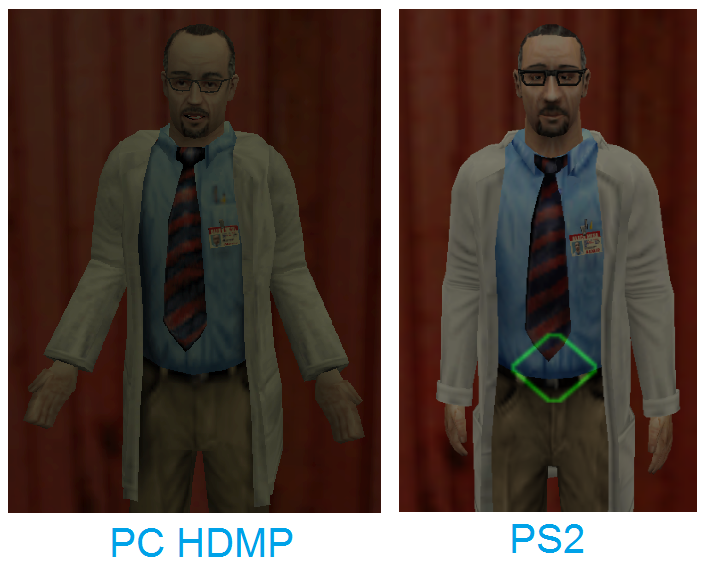

Most of the pair-rule genes (PRGs) responsible for this pre-pattern are expressed in seven stripes in the Drosophila blastoderm, with PRG expression foreshadowing the corresponding mutant phenotype for individual PRGs (pair-rule stripes, Fig. 1). This study identified a set of pair-rule mutants, characterized by absence of alternate body segments, revealing that patterning of single segments is preceded by pre-patterning of a double-segment-wide unit that is repeated along the anterior-posterior axis of the embryo at half the frequency of segment number. Mechanisms directing the formation of the basic segmented body plan have been unraveled for the model insect, Drosophila melanogaster (reviewed by Wieschaus and Nüsslein-Volhard, 2016). Thus, an evolutionarily stable phenotype – segment formation – is directed by alternate regulatory pathways in diverse species. These findings reveal that a switch occurred in regulatory circuits, leading to segment formation: while several holometabolous insects are ‘ Drosophila-like’, using PRG orthologs for PR patterning, most Of-PRGs are expressed segmentally in Oncopeltus, a more basally branching insect. We confirm that Of- E75A is expressed in PR-like stripes, although it is not expressed in this way in Drosophila, demonstrating the existence of an underlying PR-like prepattern in Oncopeltus. RNAi-mediated knockdown of Of-odd-skipped, paired and sloppy-paired impacted all segments, with no indication of PR-like register. Seven Of-PRG-orthologs are expressed in stripes in the primordia of every segment, rather than every other segment Of-runt is PR-like and several orthologs are also expressed in the segment addition zone. Here, we report the expression and function of orthologs of the complete set of nine Drosophila PRGs in Oncopeltus. The milkweed bug Oncopeltus fasciatus, a hemimetabolous insect, is a more representative arthropod: most of its segments form sequentially after gastrulation.

The discovery of pair-rule genes (PRGs) in Drosophila revealed the existence of an underlying two-segment-wide prepattern directing embryogenesis.


 0 kommentar(er)
0 kommentar(er)
